This blog is written by Taniya Shah, LLM Student at Jindal Global Law School. She was a participant of our Mergers & Acquisitions Course.
WHAT ARE MERGERS AND ACQUISITIONS (M&A)?
Tracing back to history, most Mergers and Acquisitions have taken place as a result of Economic Factors such as GDP growth, interest rates, and monetary policies, which are crucial in determining how M&A between businesses or organizations are structured. Initially, the mergers took place so that the businesses could enjoy their monopoly in the market. Roadways, Electricity, Railways, etc., are some of the first lines of business wherein mergers and acquisitions used to take place.
In the words of Simon Sinek, “Mergers are like marriages. They are the bringing together of two individuals. If you wouldn’t marry someone for the ‘operational efficiencies’ they offer in the running of a household, then why would you combine two companies with unique cultures and identities for that reason?”. Thus, the expression “mergers and acquisitions” refers to the merging of businesses or their key financial assets through business-to-business financial transactions. A business can completely buy out and absorb another business, combine with it to form a new business, take over some or all of its key assets, make a tender offer for its stock, or launch a hostile takeover.
Although the phrases mergers and acquisitions are frequently used synonymously, they really denote significantly different concepts. An acquisition is a takeover in which one business buys another and positions itself as the new owner. For instance, Walmart acquired Flipkart with the intention to enter the Indian Market making it the largest e-commerce deal. On the other hand, a merger is the coming together of two businesses that are roughly the same size in order to continue ahead as one new organization rather than continuing to be owned and run independently. For instance, Idea and Vodaphone merged into VI to improve their operational efficiency and survive the competition and monopoly that Jio created in the market.

PROCESS OF AN M&A TRANSACTION
It’s important to get the timetables correct in any M&A process. What happens when is essential to the relative success of the finished product, just like how diverse elements come together to make a meal. Generally speaking, the M&A cycle is volatile and the length and complexity of the transaction will determine how many steps there are in the M&A process.
-
DEVELOPING STRATEGY
A Company must develop an appropriate acquisition strategy. A successful acquisition strategy is dependent on the buyer having a clear understanding of what they want to achieve from the transaction and why they are buying the target firm. This step is crucial as it assists the buyer in defining its goals by taking into cognizance, the market, and the capital required, the type of transaction, etc.
-
DEVELOP A SEARCH CRITERIA
As a buyer, considering the following factors is crucial: – the firm size, financial standing (profit margins), products or services supplied, clientele, culture, and any other relevant elements. It’s important to establish broad criteria at the start in order to save time and not engage prospects who won’t meet your standards. Companies often consider a variety of M&A factors when deciding which transactions to pursue. These consist of:
Revenue – The size of the firm in terms of economic output will be one of the main parameters.
Geography – Would an acquisition offer access to a new territory or more market share in an existing geography?
Industry – Does the acquisition target work in the same sector as the buyer, or in a different one? How much of each industry overlaps the other?
Market – If both firms are in the same sector, does the target company operate in a market segment that is growing more quickly than the buyers?
Intellectual property – Would an acquisition give the buyer ownership of any intangible assets, such as IP?
-
IDENTIFYING AND CONTACTING TARGETS
Once the buyer is done developing an M&A strategy, it is time to search, identify and contact such potential target entity that meets the pre-determined requirements of the buyer. The buyer then contacts the targets to indicate interest in them after compiling a list of all prospective targets. This step’s major goal is to learn more about the targets and gauge their level of interest in a potential deal.
-
INFORMATION EXCHANGE
The initial documentation process begins once the initial conversation goes well and both parties have expressed interest in moving forward with the transaction. Typically, this involves submitting a Letter of Intent to formally express interest in the transaction and signing a Confidentiality Agreement to ensure that the proceedings and discussions of the deal will remain confidential. Following that, the parties exchange data such as financials, business histories, etc. to enable both parties to more accurately determine how the deal will benefit each party’s shareholders. In this phase, along with determining the target company’s owner’s interest in a sale or merger, it also helps in acquiring a basic idea of their expectations for valuation.
-
VALUATION AND SYNERGIES
Both parties will start evaluating the goal and the trade as a whole after learning more about the counterparty. The seller is attempting to find a fair price at which the shareholders would profit from the transaction. A respectable offer for the target is being evaluated by the seller. The buyer is also attempting to determine the degree to which they would benefit from the deal in terms of synergies in M&A, such as cost savings, enhanced market dominance, etc.

-
OFFER AND NEGOTIATION
The buyer makes an offer to the target’s shareholders after completing their valuation and analysis. This offer could be in the form of cash or shares. If the seller determines that the offer is not reasonable after reviewing it, they will bargain for a higher price as neither side wants to give the other the advantage by acting hurriedly to seal the contract, this phase may take a while to accomplish. Another frequent challenge at this stage is that, occasionally, if the target is a really alluring company, there may be more than one possible buyer.
-
DUE DILIGENCE
The systematic analysis and reduction of risk associated with a business or investment decision is known as due diligence. A study, audit, or inquiry known as “due diligence” is carried out to validate the truth or specifics of an issue under discussion11. Thus, after the target’s acceptance of the buyer’s offer, the buyer starts its investigation of the target company. Due diligence is a comprehensive examination of all aspects of the target company, including its goods, clientele, financial records, personnel resources, etc. The goal is to confirm that the details previously given to the buyer and upon which the offer was made are accurate. If certain inconsistencies are discovered, the bid may need to be revised to reflect the correct data.
-
PURCHASE AGREEMENT
Assuming due diligence has been completed without any significant issues or concerns emerging, a final contract for sale is executed once the parties have decided on the kind of the purchase agreement, such as whether it will be an asset acquisition or a share purchase.
-
DEAL CLOSURE AND INTEGRATION
Once the purchase agreement is complete, both sides sign the paperwork to complete the transaction, and the buyer takes possession of the target. The management teams of the two companies collaborate once the acquisition is finalized to incorporate them into the new company.
CONCLUSION
M&A transactions frequently occur, and sometimes they take the form of amicable deals, and other times they take the form of hostile transactions. They support business expansion into new sectors as well as growth within the same industry. Depending on the size and complexity of the transaction, the M&A procedure may be extensive or brief. The time frame could also be affected by the necessary regulatory permissions.

